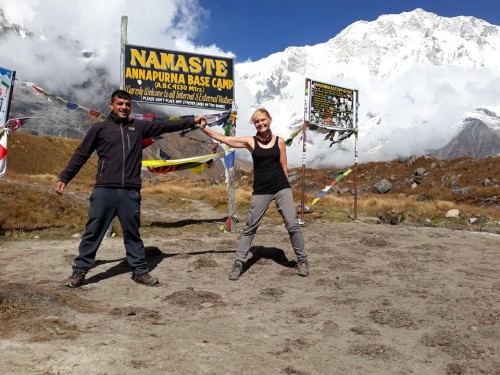Manaslu Circuit Trek Difficulty
25th Mar, 2025

The Manaslu Circuit Trek difficulty is considered a moderately challenging trek, but what does that mean exactly and why is the Manaslu Circuit Trek known as a challenging trek and how hard is manaslu circuit trek?? The main factors that contribute to its challenge are altitude, weather, remote location, limited teahouse facilities, trail conditions, and the trek's duration. This article will help trekkers understand the difficulties of the Manaslu Circuit Trek.
Table of Contents
The Manaslu Circuit Trek is known as an alternative route to the Annapurna Circuit Trek, offering wandering landscapes and amazing Buddhist culture. This adventurous trek is suitable for everyone but requires a healthy and physically fit person with proper preparation. The Challenging factors for Manaslu Circuit Trek are given below:-
Government Licensed holder Guide is Mandatory
A government-licensed guide is mandatory for the Manaslu Circuit Trek. The Government of Nepal and the Manaslu Conservation Area Project (MCAP) have strict trekking regulations in place to protect the environment and ensure the safety of trekkers. If trekkers want to do this trek individually, it is challenging because solo trekking is strictly prohibited in the Manaslu region, which is classified as a restricted area. This makes trekking more costly and challenging for budget trekkers and individual travelers.
Obtaining Manaslu Circuit Trekking Permits
Obtaining Manaslu Circuit Trekking permits can be challenging because it requires a minimum of two trekkers. You must be in a group of at least two trekkers to obtain the Manaslu Restricted Area Permit (RAP). The permit must be obtained through a government-registered trekking agency in Nepal, as individual trekkers cannot apply for permits directly. Solo or individual trekking is not allowed in the Manaslu region, making it even more challenging for those who prefer to trek alone.
Long drive to trek starting and after ending
The Manaslu Circuit Trek requires a long drive at the beginning and end of the trek, making it more challenging. The road journey to and from the trekking start and end points includes some rough, off-road sections, especially in the last stretch at the beginning of the trek and the first stretch at the end. The road is blacktopped up to Dhading Besi, followed by off-road sections beyond Soti Khola or Machha Khola. After completing the trek, you need to drive from Dharapani → Besisahar → Kathmandu. The road condition is rough (jeep track) from Dharapani to Besisahar, then a paved highway to Kathmandu. The last few kilometers of the route to Soti Khola and Dharapani are off-road and can be bumpy and dusty, especially during the monsoon season, making the trek even more challenging.
Rugged Terrain on the Manaslu Circuit Trek
 The trekking trail of the Manaslu Circuit passes through rugged terrain, making it a challenging yet rewarding trek. Some sections are narrow with steep drops, particularly in the Budhi Gandaki Gorge and near Larkya La Pass. The trail involves continuous ascents, especially from Jagat to Samagaun and while crossing Larkya La Pass (5,106m), followed by a descent. Certain sections, such as Tatopani to Deng, may have loose rocks and landslide-prone areas, requiring caution. After Samdo, the trail becomes even more rugged, with icy paths and glacial moraine leading to Larkya La Pass. Several suspension bridges and wooden log crossings span fast-flowing rivers, particularly along the Budhi Gandaki River. In winter, the rugged trail is covered in snow and ice, making sections slippery and even more demanding.
The trekking trail of the Manaslu Circuit passes through rugged terrain, making it a challenging yet rewarding trek. Some sections are narrow with steep drops, particularly in the Budhi Gandaki Gorge and near Larkya La Pass. The trail involves continuous ascents, especially from Jagat to Samagaun and while crossing Larkya La Pass (5,106m), followed by a descent. Certain sections, such as Tatopani to Deng, may have loose rocks and landslide-prone areas, requiring caution. After Samdo, the trail becomes even more rugged, with icy paths and glacial moraine leading to Larkya La Pass. Several suspension bridges and wooden log crossings span fast-flowing rivers, particularly along the Budhi Gandaki River. In winter, the rugged trail is covered in snow and ice, making sections slippery and even more demanding.
Manaslu Circuit Trekking durations – 12 Days Itinerary
The Manaslu Circuit Trek typically takes 12 days from Kathmandu to Kathmandu, covering remote trails, cultural villages, and the Larkya La Pass (5,106m). Due to its long duration, this trek can be challenging for beginners. The journey starts from Kathmandu, situated at 1,350 meters. On the first day, you descend to 930 meters at Machha Khola, where the trek officially begins. On Day 9, you reach the highest point at 5,106 meters. To safely reach this elevation, an acclimatization day is necessary before crossing the high Larkya La Pass. The acclimatization stop is usually around 3,550 meters to help trekkers adjust to the altitude; otherwise, the Manaslu Circuit Trek can be even more challenging.
Day-by-Day Itinerary with altitude
Day 1: Drive from Kathmandu to Machha Khola (900m) - Drive Duration: 7–9 hours
Day 2: Trek from Machha Khola to Jagat (1,340m) - Trek Duration: 6–7 hours
Day 3: Trek from Jagat to Deng (1,860m) - Trek Duration: 6–7 hours
Day 4: Trek from Deng to Namrung (2,630m) - Trek Duration: 6–7 hours
Day 5: Trek from Namrung to Samagaun (3,520m) - Trek Duration: 6–7 hours
Day 6: Acclimatization Day in Samagaun
Day 7: Trek from Samagaun to Samdo (3,875m) - Trek Duration: 3–4 hours
Day 8: Trek from Samdo to Dharmashala (4,460m) (Larkya Phedi) - Trek Duration: 4–5 hours
Day 9: Cross Larkya La Pass (5,106m) & Trek to Bhimthang (3,720m) - Trek Duration: 7–9 hours
Day 10: Trek from Bhimthang to Tilije (2,300m) - Trek Duration: 6–7 hours
Day 11: Trek from Tilije to Dharapani (1,860m) & Drive to Besisahar - Trek Duration: 2–3 hours and Drive Duration: 3–4 hours
Day 12: Drive from Besisahar to Kathmandu - Drive Duration: 6–7 hours
Challenging Larke Pass (5106 meters)
Larkya La Pass is the highest point on the Manaslu Circuit Trek and is known for its technical difficulty, high altitude, and unpredictable weather conditions. Crossing this pass requires physical fitness, proper acclimatization, and mental toughness, especially in winter (December–February), when snow and icy conditions make it even more demanding. This day is the longest and toughest of the trek. Additionally, at Dharmasala, there are limited teahouses with basic accommodation and food. The extreme cold and minimal facilities can make it difficult to sleep through the night, adding to the challenge of the trek.
Difficult to get accommodation on the Manaslu Circuit Trek during the busy season
During the busy trekking seasons (spring: March to May and autumn: September to November), securing accommodation along the Manaslu Circuit Trek can become challenging due to high demand, competition from groups and solo trekkers, and the limited number of teahouses in the region. While most villages and trekking areas have teahouses (basic lodges), the number of available rooms is limited, especially on popular trekking days or during peak times in places like Deng Namrung, Samdo, and Dharmasala. Popular teahouses in these areas fill up quickly, particularly if you arrive late in the day. Most teahouses do not accept advance bookings, so accommodation availability remains uncertain until you arrive.
Solo trekkers and small groups may face tougher competition for rooms, as larger trekking groups often arrive earlier. One common challenge noted by trekkers is the absence of private bathrooms—showers and toilets are communal, and squat toilets are sometimes encountered. Furthermore, sleeping quarters are generally not heated, although the dining rooms typically provide some warmth. These basic conditions, along with the physical strain of the trek, add to the overall mental and physical difficulty of completing the Manaslu Circuit.
Difficult to get a variety of food in Manaslu Circuit Trek
On the Manaslu Circuit Trek, the availability of food is generally more limited in variety compared to trekking in more commercialized regions like the Everest or Annapurna circuits. The trek passes through remote villages, and the facilities are simple, which can affect the range of food offered. While basic meals are available, variety can be constrained due to limited access to fresh ingredients and the logistical challenges of transporting supplies. You should be prepared to primarily eat local dishes like dal bhat and potato-based items, although there are a growing variety of options due to the increasing popularity of the Manaslu Circuit Trek. In some settlements, you can now find good coffee and baked goods. For those seeking more familiar food, eggs and toast are often available for both breakfast and dinner, along with fried potatoes. Tea is abundant, and bottled soft drinks are also offered at most teahouses. Special dietary needs, such as gluten-free, vegan, or dairy-free options, can be difficult to accommodate along the trek, particularly at Dharmasala. If you have such dietary restrictions, it is recommended to bring your own snacks or alternatives.
Limit accommodation and cold Night at Dharmashala
Dharmashala (also known as Larkya Phedi) is a popular stopover point on the Manaslu Circuit Trek before reaching the Larkya La Pass (5,106m). At this point, it can be challenging for trekkers to spend the night due to limited accommodations and cold temperatures. Dharmashala is a small, basic teahouse offering limited rooms and spaces. It is designed to cater to trekkers just before attempting the Larkya La Pass the next morning. During peak trekking seasons (spring and autumn), Dharmashala can become quite crowded, and the available rooms may be shared with other trekkers. It is recommended to arrive early in the day to secure a room, as accommodation is limited.
Dharmashala sits at an altitude of about 4,460 meters (14,636 feet), making it extremely cold, especially at night. Temperatures can drop well below freezing (often between -5°C to -15°C or lower), with the possibility of snowfall. The teahouse offers very basic facilities, with minimal insulation, so the cold nights can be uncomfortable, even for experienced trekkers. Many trekkers experience significant cold at night despite wearing warm clothing and using sleeping bags.
Altitude Sickness in Manaslu Circuit Trek is challenging
Altitude sickness, also known as acute mountain sickness (AMS), is a common concern on high-altitude treks like the Manaslu Circuit due to its high elevations, especially when crossing Larkya La Pass (5,106 meters). As trekkers ascend, the air pressure decreases, and oxygen levels drop, which can result in altitude sickness if the body doesn’t adapt properly. Therefore, the difficulty of the Manaslu Circuit Trek is also influenced by the risks of trekking at high altitudes. Symptoms can appear as early as 2,500 meters and become more pronounced at higher altitudes (above 3,500 meters). Common symptoms include headache, nausea and vomiting, dizziness, loss of appetite, fatigue, difficulty sleeping, and swelling of the hands, feet, or face (in severe cases). High altitude sickness is a challenge when completing the Manaslu Circuit Trek.
To avoid AMS, it is essential to ascend slowly to allow your body to acclimatize. The Manaslu Circuit Trek has good acclimatization opportunities built into the itinerary, with rest days at key locations like Samagaun and Dharmashala. Follow the “Climb High, Sleep Low” rule. This involves hiking to a higher elevation during the day, then returning to a lower elevation to sleep. This helps your body get used to higher altitudes without overexertion. Drink plenty of water (around 3-4 liters per day) to avoid dehydration, which can exacerbate the symptoms of altitude sickness. Both alcohol and smoking can worsen dehydration and impair your body’s ability to adjust to high altitudes, so it’s best to avoid them during the trek. Consume high-energy foods, such as carbohydrates, to fuel your body and provide it with the energy needed to cope with the altitude. If you feel symptoms of AMS (headaches, nausea, dizziness), take a rest day. Do not push yourself too hard, as it can worsen the condition. Medication: Some trekkers take Diamox (acetazolamide), a medication that helps your body acclimatize to high altitudes by stimulating breathing. However, it should be taken with caution and only after consulting a doctor. It is not a substitute for proper acclimatization, but rather a helpful aid.
Preparation for Manaslu Circuit Trek
Preparation is essential for trekking in the Nepal Himalayas, especially if you're planning to undertake the Manaslu Circuit Trek. The 12-day itinerary for the Manaslu Circuit Trek, along with 15 days from your arrival to your departure from Nepal, requires proper planning to ensure safety, enhance your experience, and help you enjoy the trek to its fullest.
The journey on the Manaslu Circuit Trek is relatively challenging due to its remote location in the high Himalayas but is highly rewarding. It takes you through farmlands, local villages inhabited by Chhetri, Gurung, and Tibetan groups in the upper Manaslu region, terraced rice fields, diverse landscapes, narrow trails, forests, rocky or muddy paths, and high-altitude terrain. The trek involves ascents and descents, requiring 5 to 8 hours of walking each day. Therefore, careful physical preparation is crucial.
Proper preparation for the Manaslu Circuit Trek includes booking your trip with an experienced and reputable trekking agency, hiring an experienced guide and staff, hiking to high elevations to reduce the risk of altitude sickness, managing your budget, packing the appropriate gear for trekking, and building endurance and strength through activities such as walking, day hiking, running, biking, jogging, stretching, and swimming.
Another important aspect of preparation is to seek medical advice from a doctor before traveling from home, especially if you have respiratory concerns or other health issues such as food or drink allergies. Travel insurance is also essential for trek preparation; we recommend obtaining insurance that covers emergency evacuation during the 16-day Manaslu Circuit Trek, as the trek takes place in a remote area where emergency medical care is difficult to access. By following these guidelines, you can successfully complete the 16-day Manaslu Circuit Trek without any issues.
Tips for making easier the Manaslu Circuit Trek
The Manaslu Circuit Trek is a stunning and rewarding adventure, but it also presents significant challenges due to its remote location, high altitudes, and rugged terrain. With proper preparation and the right approach, you can make the trek more manageable and enjoyable. While it is a demanding journey, having the right mindset, gear, and guidance will reward you with an unforgettable experience in one of Nepal’s most breathtaking and culturally rich regions.
Here are some tips to help make the trek easier and more enjoyable:
- Prepare Physically: Train your body with cardio and leg strength exercises to build endurance.
- Take It Slow: Prioritize acclimatization to avoid altitude sickness. Add extra rest days if needed.
- Pack Light: Keep your duffel bag under 12kg and pack essential items only.
- Hire a Guide and Porter: A licensed guide helps with navigation and permits, while a porter lightens your load.
- Stay Hydrated and Eat Well: Drink water regularly and eat energy-dense foods.
- Dress in Layers: Be prepared for variable weather by wearing moisture-wicking clothes and bringing warm, waterproof layers.
- Start Early for Larkya La Pass: Begin early to allow enough time to cross the pass safely.
- Mental Toughness: Stay positive and patient, as the trek can be mentally and physically challenging.
- Be Prepared for Weather: Check the forecast and be ready for temperature and weather changes, especially in winter.
Conclusion
The Manaslu Circuit Trek is a rewarding and challenging experience, offering an unparalleled combination of natural beauty, cultural experiences, and physical endurance. While it is not as well-traveled as other routes in Nepal, it is ideal for those looking to escape the crowds and embark on an adventure in one of the most scenic and culturally rich areas of the Himalayas.
If you are looking for an unforgettable, off-the-beaten-path trek in Nepal, the Manaslu Circuit Trek should be at the top of your list. Proper preparation, a licensed guide, and good health will ensure that you have an enriching and safe adventure in the Manaslu region.
Are you interested on any of your travel serveices?
Make Inquiry NowRecent From Blog

15th Jun, 2023
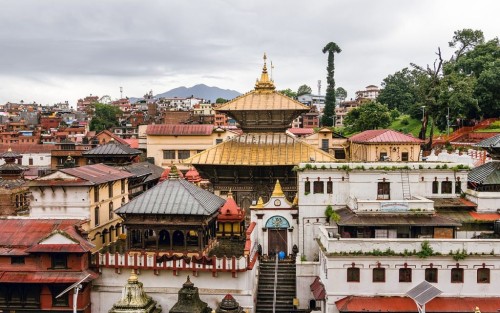
21st Feb, 2021

28th Feb, 2018

5th Sep, 2023

13th May, 2019
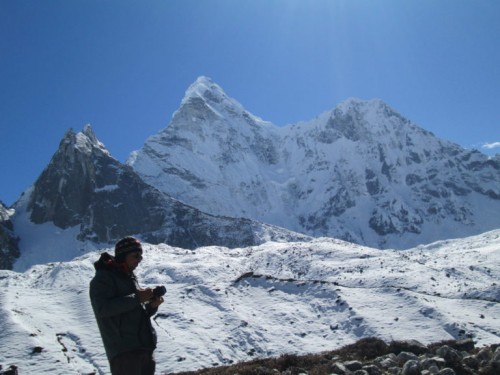
19th Feb, 2019

8th Feb, 2021
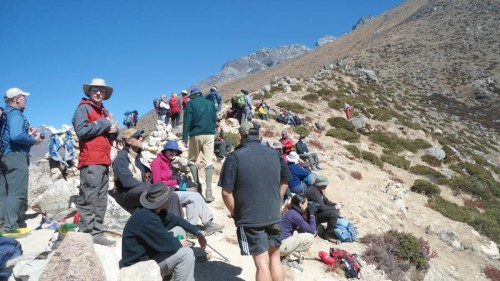
21st Jan, 2021

29th Jul, 2020
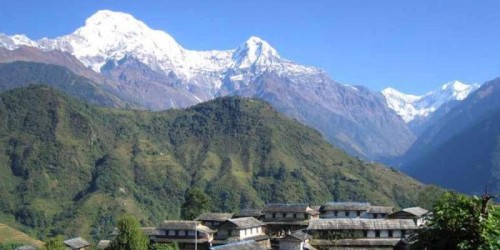
3rd May, 2019

30th Apr, 2020

3rd Apr, 2020

17th Jul, 2020
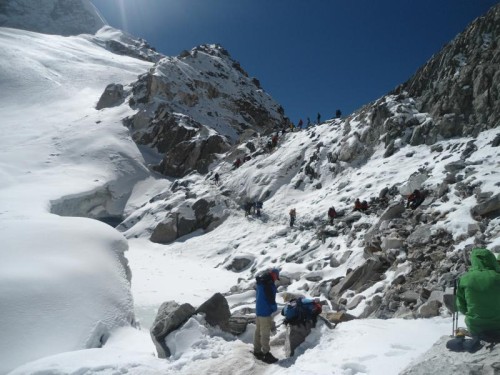
26th Mar, 2020
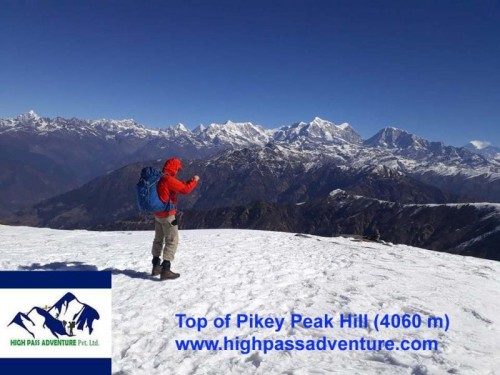
31st Mar, 2020

19th Jun, 2023
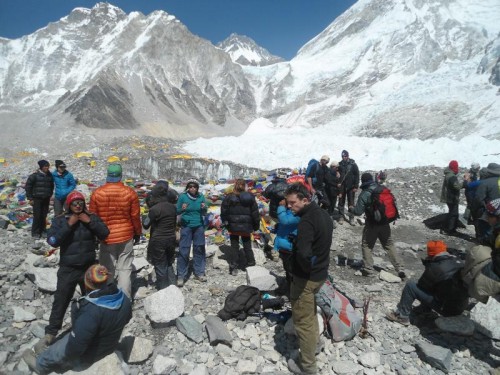
11th Feb, 2020
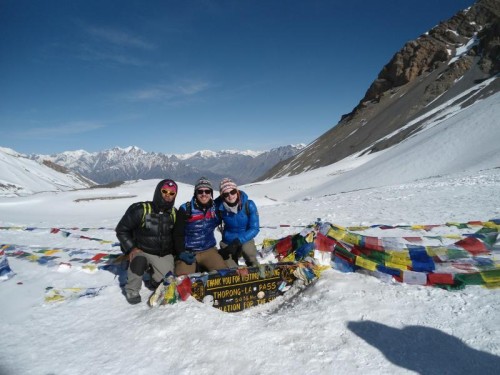
11th Mar, 2020

27th Sep, 2019

17th May, 2019

26th Jul, 2020

6th May, 2019
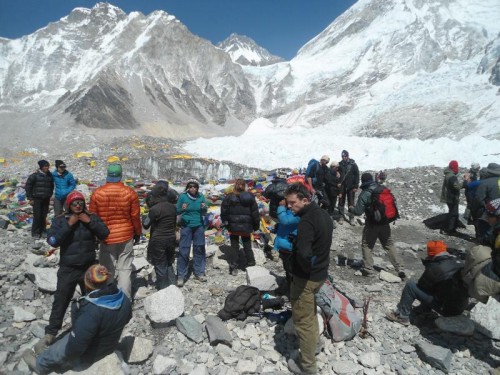
5th Mar, 2019
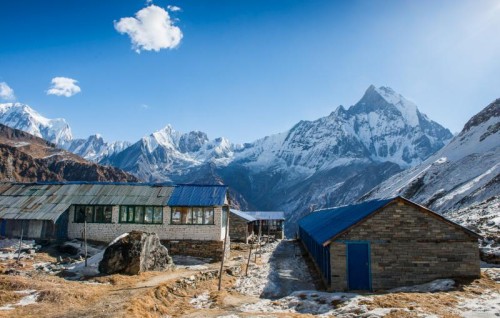
7th Mar, 2020

18th Feb, 2019

12th Sep, 2019

27th Mar, 2018

27th Mar, 2019

2nd Mar, 2019

16th Jan, 2019

1st Jul, 2023

5th Jul, 2023

5th Jul, 2023

5th Jul, 2023

5th Jul, 2023
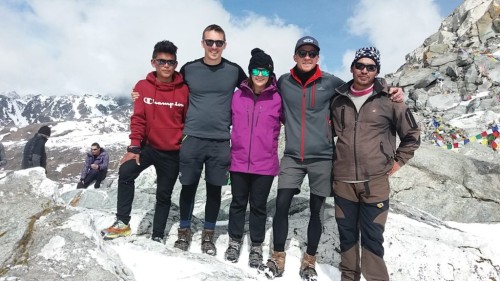
5th Dec, 2019

6th Jan, 2019
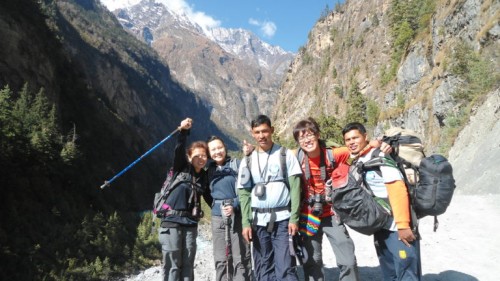
28th Feb, 2018

9th Dec, 2018

11th Dec, 2018

5th Oct, 2023

3rd Jan, 2024
.jpg)
27th Jan, 2024

29th Jan, 2024

19th Jan, 2025

7th Feb, 2025

17th Feb, 2025

9th Mar, 2025

15th Mar, 2025

18th Mar, 2025

23rd Mar, 2025

25th Mar, 2025

26th Mar, 2025

24th Apr, 2025

21st May, 2025

21st May, 2025

22nd Jun, 2025

22nd Jun, 2025

4th Jul, 2025

14th Jul, 2025

14th Sep, 2025



